
AeroGenie: il tuo copilota intelligente.
Tendenze
Categories
Air transport growth drives innovation in aviation recruitment
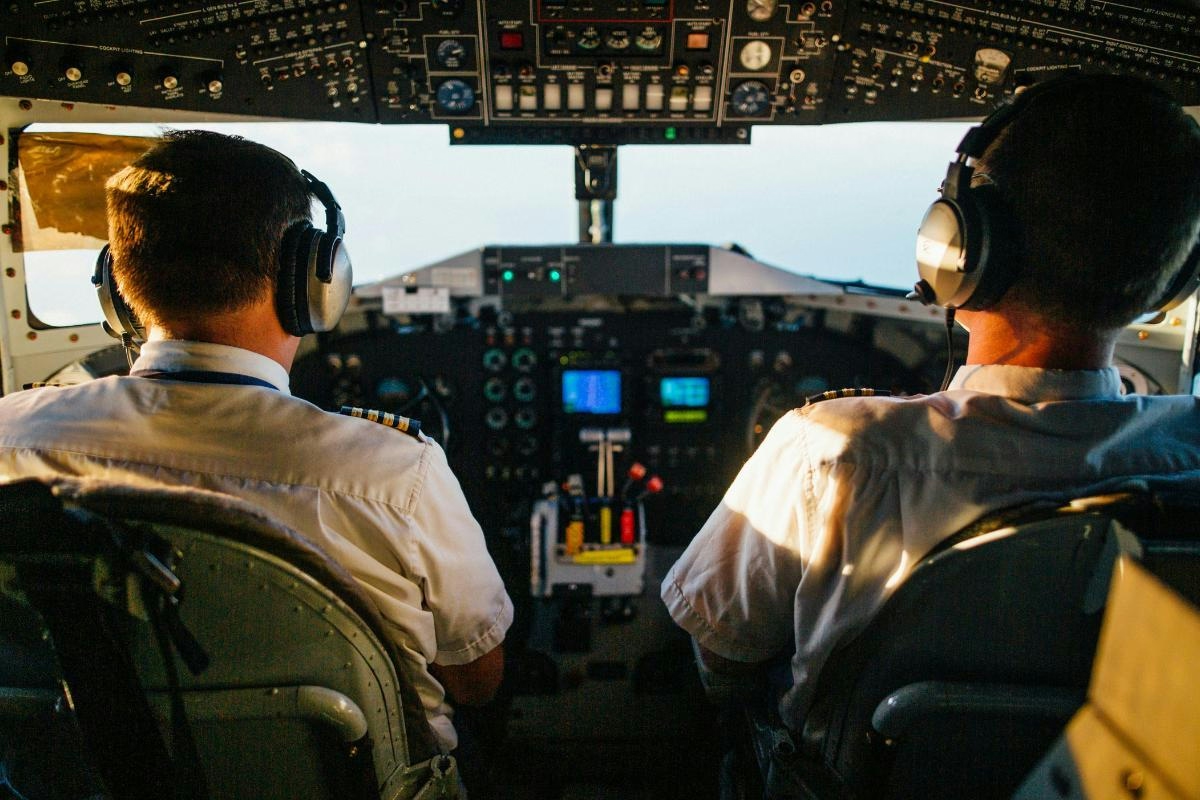
Air Transport Growth Spurs Innovation and Challenges in Aviation Recruitment
The global aviation industry is undergoing a significant expansion driven by increasing passenger demand, rapid technological progress, and sustained investment. As airlines, airports, and maintenance organizations extend their operations across various regions, the competition to attract and retain skilled professionals has intensified. This surge in demand has highlighted a persistent shortage of qualified personnel, posing challenges to the sector’s operational capacity.
Workforce Demands and Skills Shortages
Industry data underscores the magnitude of these challenges. The Air Transport Action Group reports that aviation supports over 86.5 million jobs worldwide, including 11.6 million direct roles spanning airlines, airports, maintenance, and aerospace manufacturing. In the United States, airline employment reached over 1,008,000 workers by mid-2024, marking the highest level in more than twenty years. Projections from the U.S. Bureau of Labor Statistics indicate continued growth, with air transportation roles expected to increase by 7% through 2033, avionics technicians by 8%, and aerospace engineers by 9%.
Despite this positive trajectory, acute skills shortages persist. A 2024 Federal Aviation Administration report revealed a deficit exceeding 3,800 air traffic controllers, while pilot shortages are anticipated to reach 34,000 within the year. These gaps threaten operational reliability, safety oversight, and service quality. Delays in filling critical positions such as technicians, dispatchers, and safety officers risk causing schedule disruptions and regulatory complications.
Industry Shifts and Recruitment Innovations
Beyond workforce shortages, broader industry dynamics are reshaping recruitment priorities. The urgent imperative for decarbonization and ongoing geopolitical uncertainties are influencing hiring strategies and talent management. These issues are central topics at major industry forums, including the World Aviation Festival 2025 in Lisbon, where over 4,500 global leaders are convening to address the sector’s pressing challenges.
In response, aviation companies are increasingly adopting scalable, technology-driven recruitment solutions. Artificial intelligence (AI) plays a growing role in screening large volumes of applications, enabling the ranking of candidates based on licenses, certifications, and compliance requirements. Automated systems facilitate the matching of type-rated pilots or licensed engineers to specific aircraft models, while predictive analytics assist in forecasting labor shortages and emerging training needs. Data-driven forecasting allows organizations to anticipate staffing demands linked to fleet expansions, contract awards, or seasonal fluctuations.
To attract younger talent and maintain competitiveness, some organizations are integrating generative AI and augmented reality into their recruitment processes. Klaus-Peter Leinauer of HAECO highlights these technologies as key tools in modern talent acquisition. Additionally, companies are expanding their talent pools and operational reach through bilateral agreements, such as those between Airlink and Air Austral.
Enhancing Recruitment Efficiency and Performance
Modern recruitment platforms now incorporate AI-based screening tailored by role and region, advanced analytics dashboards for monitoring cost-per-hire and time-to-fill, and global applicant tracking systems that ensure multilingual and multi-jurisdictional compliance. Secure document management systems maintain training and certification records, while integration with existing human resources and flight operations systems enhances overall recruitment precision and efficiency. These technologies support consistent compliance and quality control across diverse regions.
Performance measurement remains a critical component of recruitment strategy. For specialized aviation roles, average time-to-fill often exceeds 60 days; however, automation can reduce this timeframe by up to 30%. Similarly, cost-per-hire may decrease by as much as 50% when repetitive administrative tasks are automated. Other important metrics include candidate retention rates, audit readiness through digital certification tracking, and candidate satisfaction with the hiring process.
As the aviation sector continues to navigate growth, decarbonization, and geopolitical shifts, organizations that innovate in recruitment—balancing scale, quality, and adaptability—are positioned to secure a competitive advantage in an evolving global market.
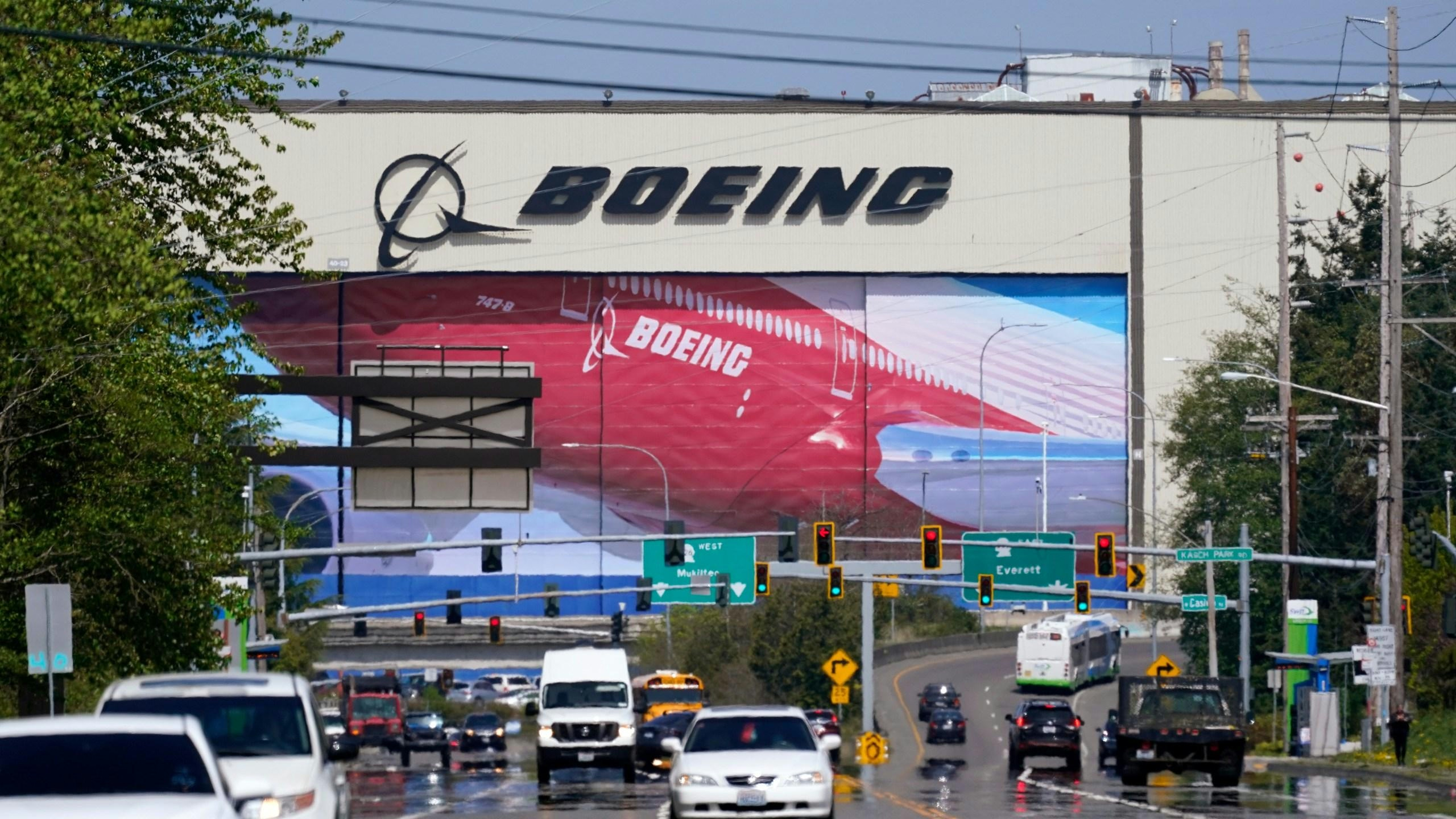
Boeing Sees Order Growth and Delivery Recovery Amid Ongoing Challenges
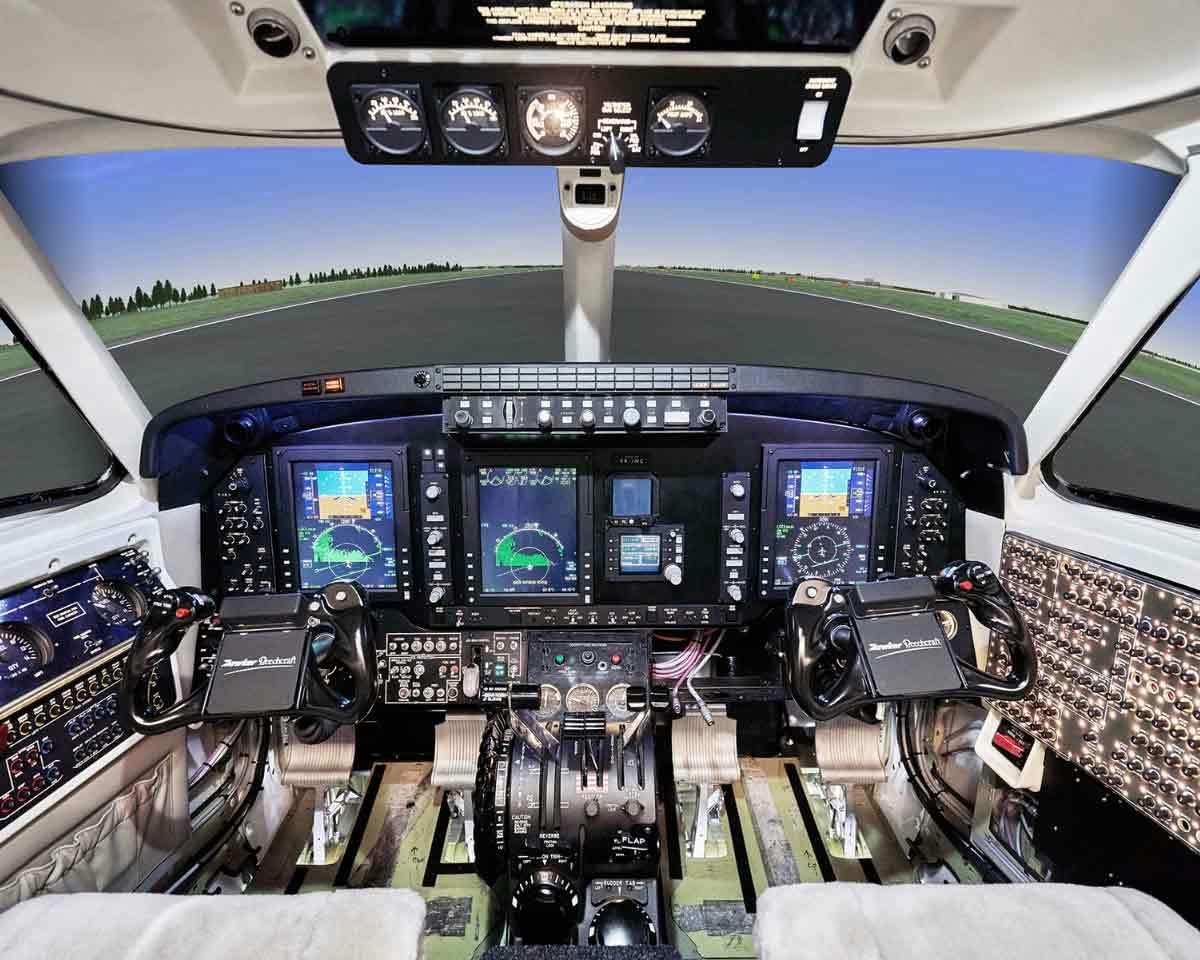
AXIS Introduces Automated AI Pilot Debriefing
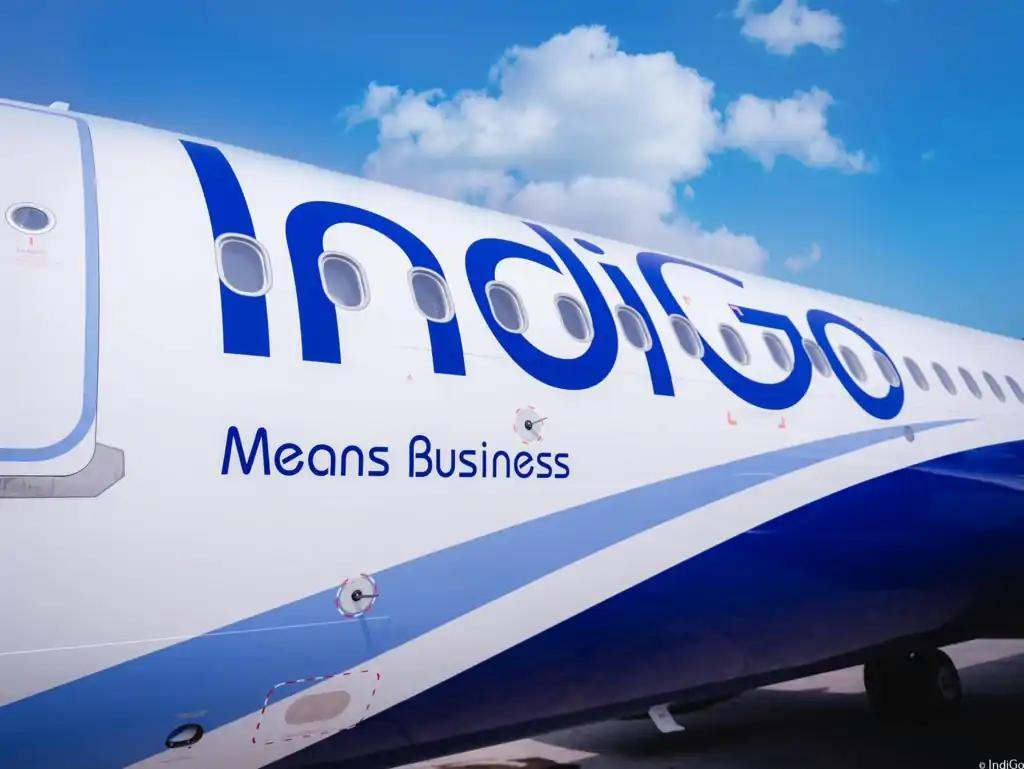
IndiGo's Aircraft Leasing Strategy: Navigating Regulatory Waters

Virgin Introduces AI Concierge Service
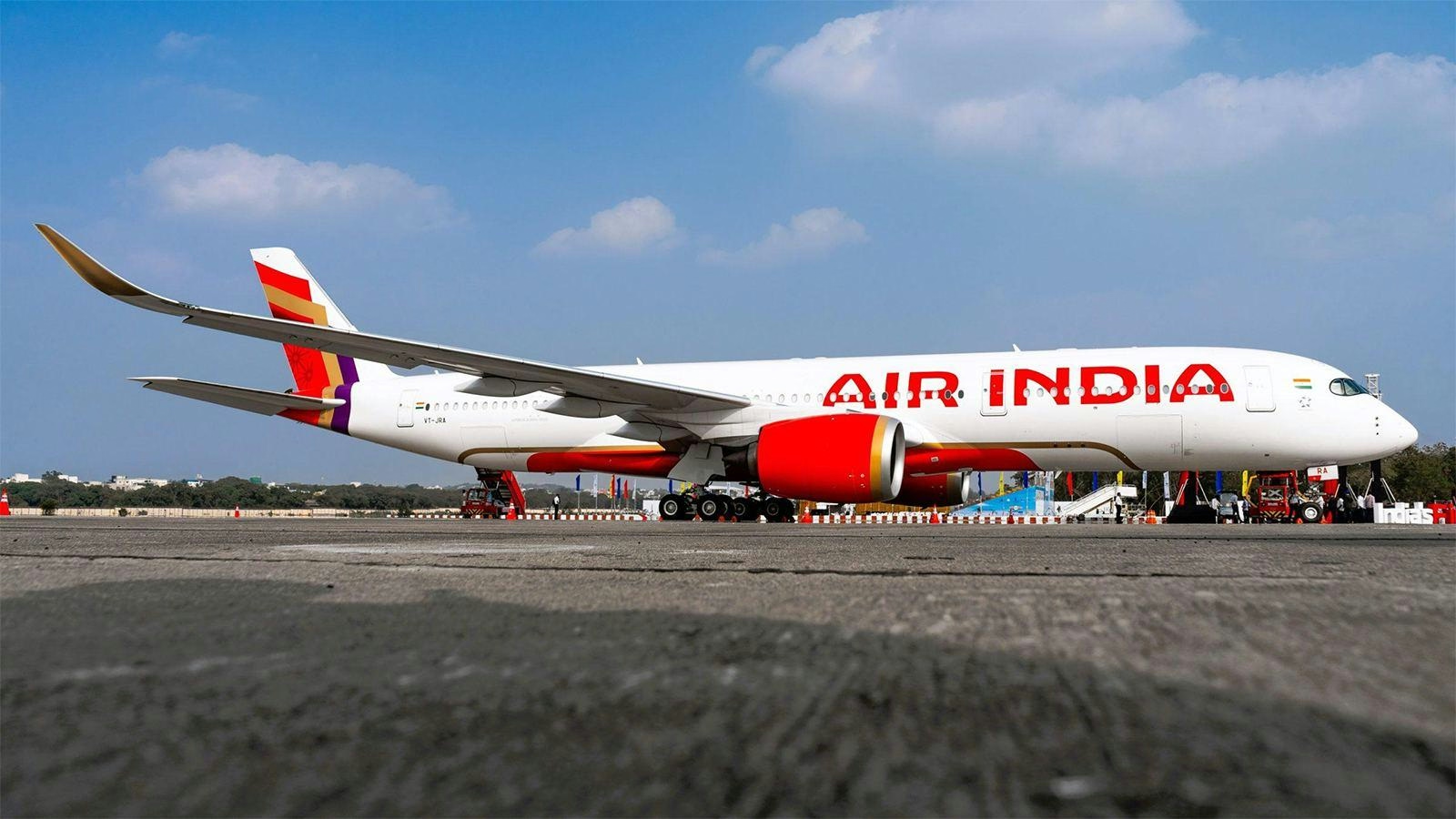
AI Flight to Mumbai Returns to Delhi After Engine Failure
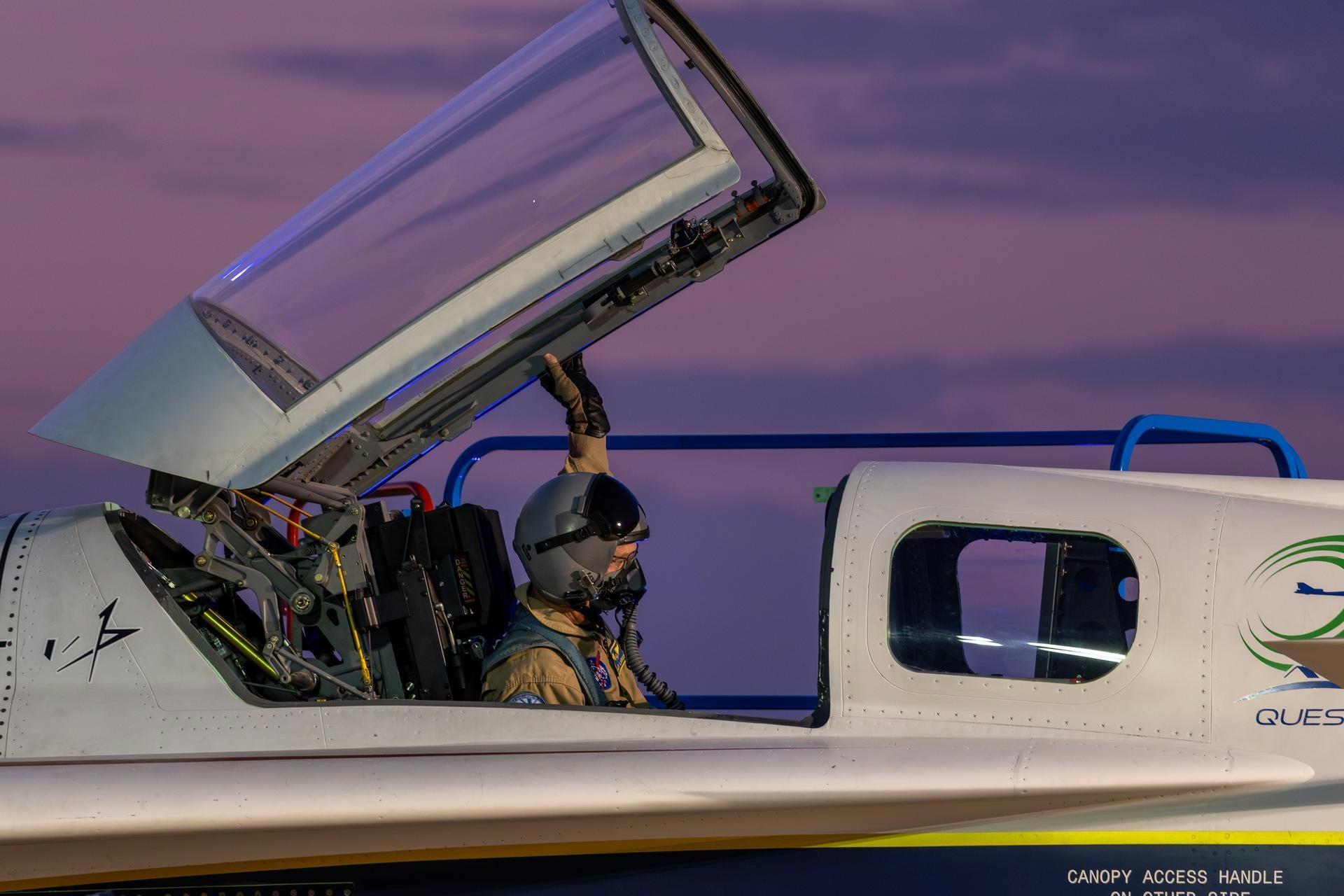
NASA Armstrong Advances Flight Research for 2025
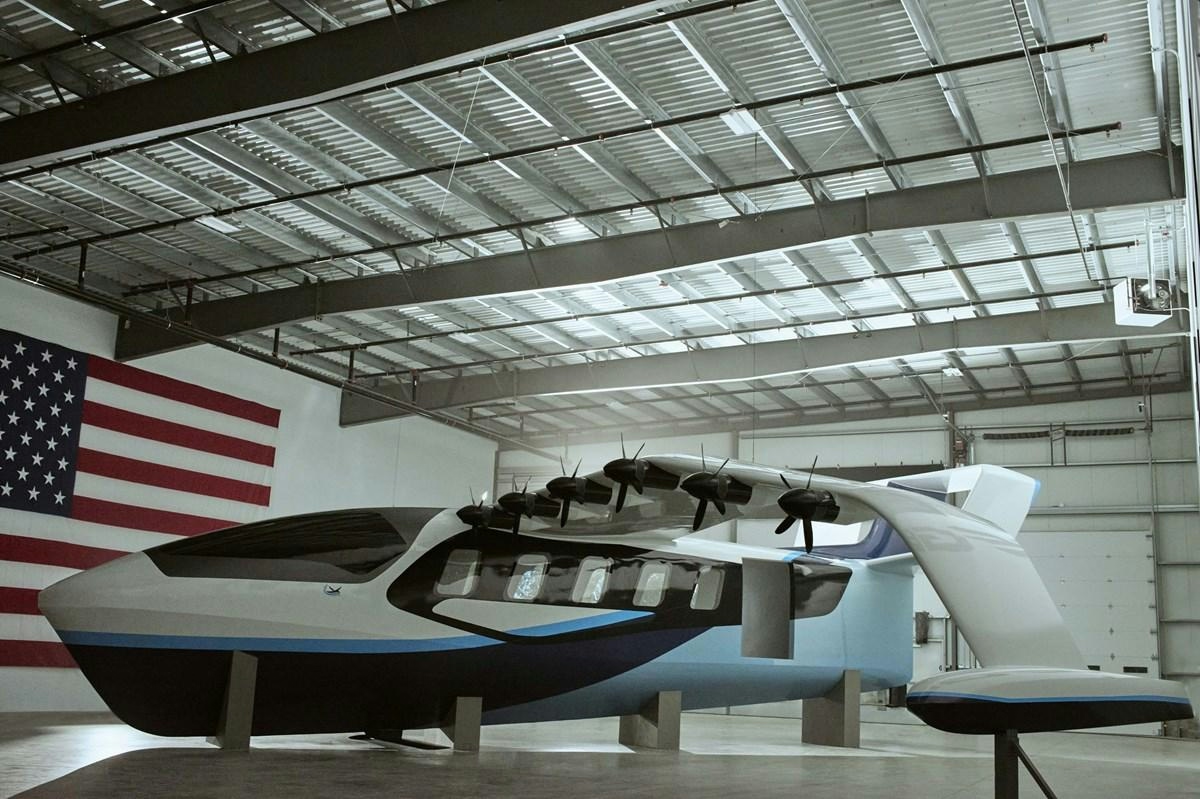
Regent Reports Significant Progress in Technology, Business, and Manufacturing
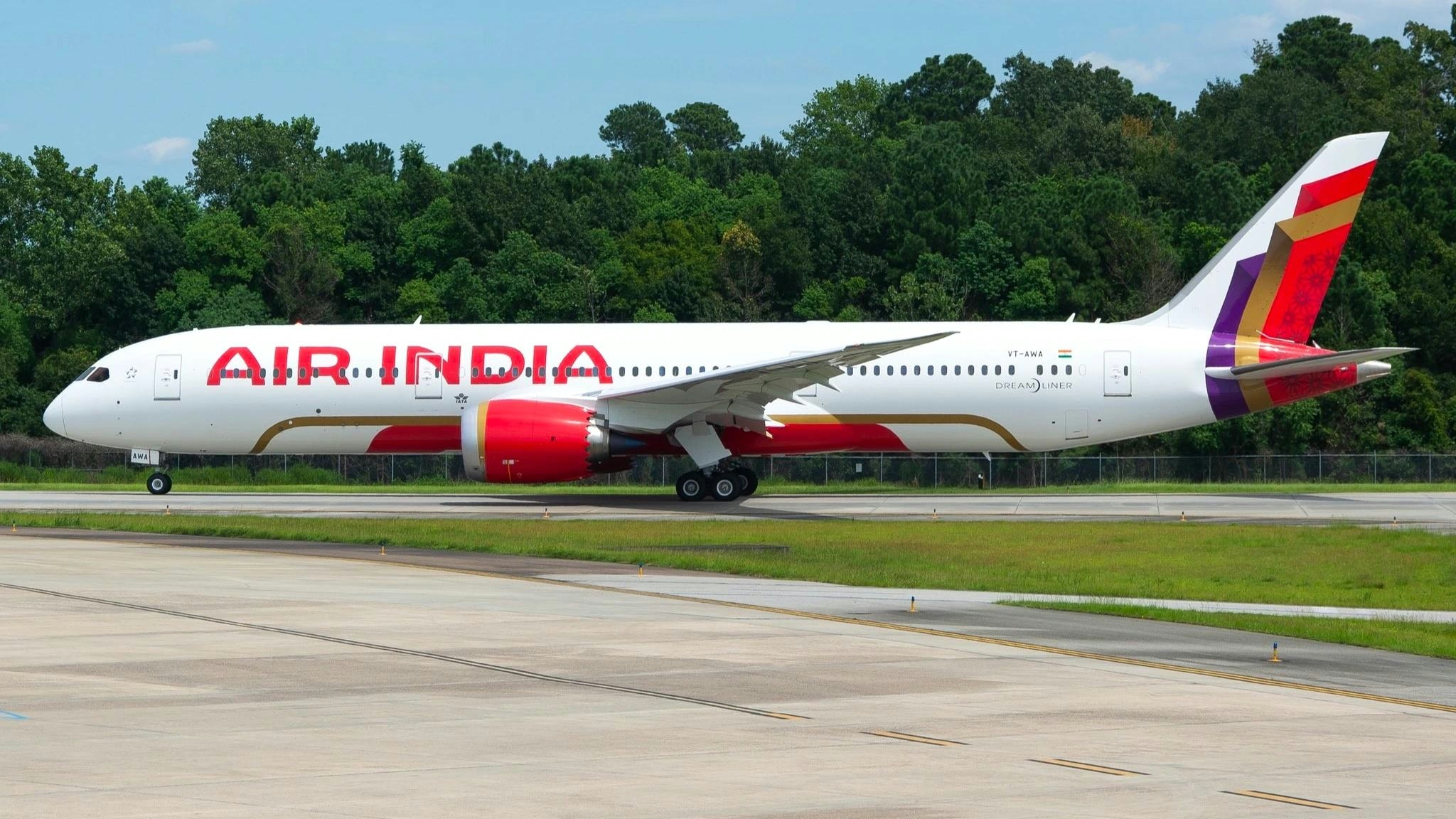
Air India to Receive First Boeing 787-9 Dreamliner in Early 2026
